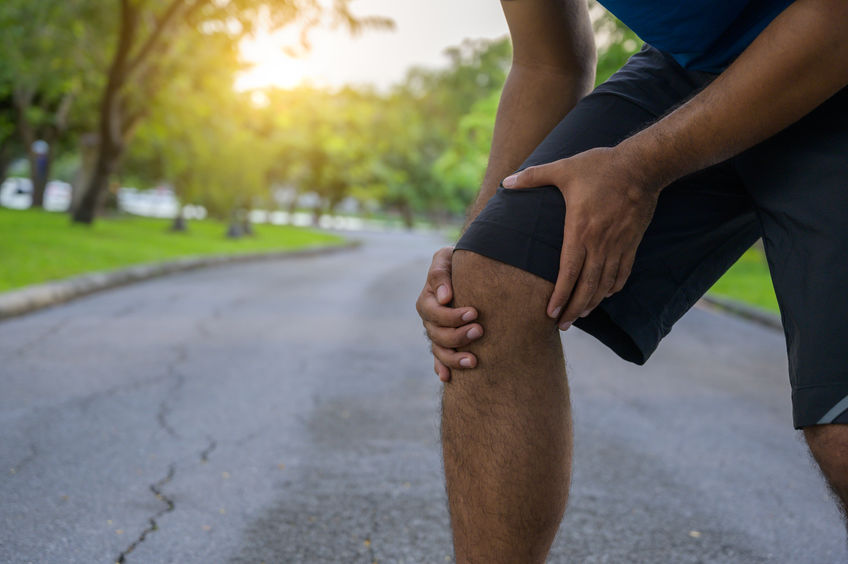Getting Back Into The Swing Of Things
A golf swing is one of the most technically precise movements in sports. Golfers need strong arms, sturdy posture, and great mechanics. Most of all, power comes from the legs and hips, especially for a backswing and follow-through. When chronic hip pain kicks in, swinging a club feels impossible. In some cases, total hip replacement surgery can reduce pain and restore motion. But, of course, any golfer with a hip replacement would want to know how to recover as quickly as possible.
What is a hip replacement?
Due to arthritis or injury, joints can cause pain, stiffness, and discomfort. For casual or professional players, the pain can significantly limit movement and performance. Over time, non-surgical treatments become ineffective. A hip replacement first removes the damaged cartilage and parts of the bone. A ball and socket artificial joint is installed using a series of small incisions and tools. Most are outpatient procedures, meaning the patient can leave the same day and begin recovery.
Recovery is an essential part of the surgery
Hip replacements happen either through minimally invasive techniques or open surgery. Whatever the method, the patient must go through extensive recovery. Recovery helps the incisions heal, resumes simple movement, and strengthens the muscles. On average, patients need 12 weeks to resume everyday activities. The joint should fully recover over a 6-12 month period. Golfers would need to know specific details about recovery to start back playing again.
Can you golf again?
The great thing about total hip replacement is that golfers will be able to play again. Surgeons recommend that patients wait about 12 weeks before attempting golf. At this point, the hip should have less pain and discomfort during swings. Even then, patients must get approval from the doctor. There could still be pain, causing the surgeon can delay approval for additional months. To reach the stage where golf is possible, the type of recovery is vital. Recovery will involve physical therapy and modifications before and after recovery.
Physical therapy matters
Golfers will notice bending over and pivoting on the hip will be painful. Placing excess weight on the side of the operated hip will also be problematic. Physical therapy can help with this issue. The goal would be to strengthen the muscles in the hip, legs, glutes, and core. A combination of stretching and strengthening exercises will help with range of motion (ROM). Lower body exercises should be performed several days per week, slowly increasing in intensity. If possible, incorporate activities that help with putting, chipping, and swinging.
Your hip can still flare-up
Once a hip replacement patient starts playing, the urge to play for as long as possible will come rushing back. However, overuse can cause pain and flare-ups. Patients should pay attention to when the pain starts. Start slow and gradually move to a full game over several months. To reduce long-term pain, golfers may also need to adjust the swing technique slightly. This new technique may involve using more of the core or back muscles for power. Speak with a coach for the safest techniques possible.
Back to par with a great recovery
To finally get back to a full 18 holes after surgery, recovery is crucial. A hip replacement should mean golfers can return to the sport. However, the timeline varies by patient. The success of physical therapy and healing speed will determine how quickly a patient can tee off. Even then, there should be modifications to reduce pain and play safely. Get the advice of a physical therapist and golf coach along with the surgeon for the best possible outcome.



